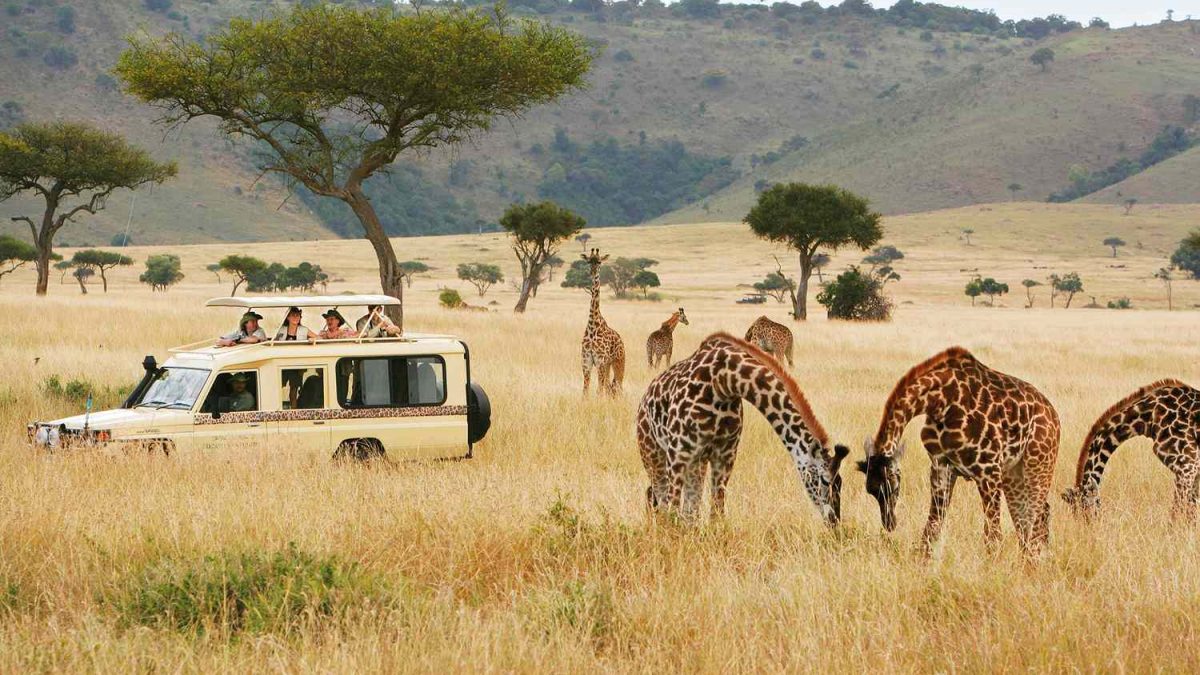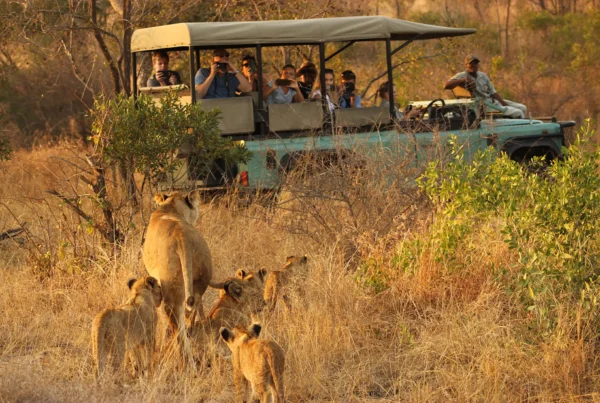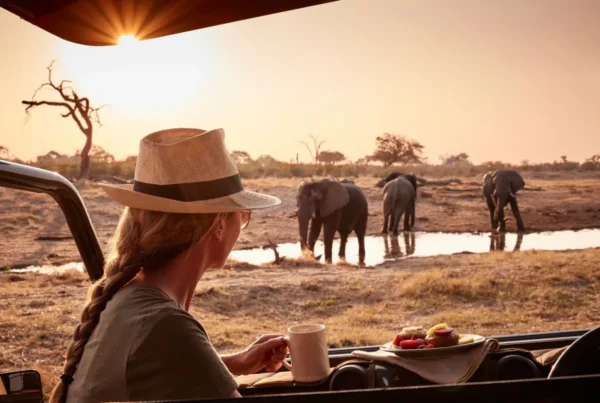Is It Safe to Travel to Kenya in 2026?
Kenya has long been celebrated as the heartbeat of the African safari experience. The sight of vast herds sweeping across the savannah, the call of lions at dawn, and the rhythms of Maasai traditions have drawn travelers from across the world for over a century. Known as the land of the Great Migration, iconic national parks, and warm hospitality, Kenya continues to be one of the continent’s most visited destinations. Yet for many prospective visitors in 2026, one pressing question still arises: is it safe to travel to Kenya?
The concern is understandable. International media often spotlight issues of crime, political tensions, or security incidents. These reports sometimes paint an incomplete picture, leaving potential travelers uncertain about the realities on the ground. The truth, however, is that Kenya remains a country where tourism thrives, where safety has been prioritized, and where millions of visitors each year return home not only unharmed but profoundly enriched by the experiences they have encountered. By 2026, improvements in infrastructure, government initiatives, private sector involvement, and community-based conservation projects have made Kenya safer and more prepared to welcome global travelers than ever before.
Kenya’s Reputation and the Importance of Tourism
Tourism is one of Kenya’s most important economic pillars, contributing significantly to employment, conservation, and cultural preservation. The Kenyan government and private operators are acutely aware that safety is integral to sustaining this industry. This recognition has driven substantial investment into creating secure environments within major tourist corridors.
Kenya’s reputation as a premier safari destination has not waned. Places like the Maasai Mara, Amboseli, Tsavo, Samburu, and Laikipia remain world-famous for wildlife encounters. Nairobi, often described as the safari capital of the world, functions as both a hub and a destination in its own right. Coastal gems such as Diani, Malindi, and Lamu extend the experience beyond the savannah to pristine Indian Ocean shores. In 2026, these areas remain not only the most popular but also the safest for international visitors.
Safety Within Tourism Corridors
The most reassuring truth about Kenya in 2026 is that the country’s main tourism corridors are safe. The Maasai Mara, home to the Great Migration, is tightly managed by conservation authorities and private conservancies. Safaris here are conducted under strict codes of conduct, with professional guides ensuring that both travelers and wildlife remain undisturbed. Amboseli, framed by Mount Kilimanjaro, offers breathtaking elephant encounters in a secure environment overseen by rangers and community partnerships. Tsavo, one of Africa’s largest parks, maintains well-patrolled and regulated areas where tourism thrives responsibly.
Kenya’s private conservancies, such as those in Laikipia, Lewa, and Ol Pejeta, are often even safer, thanks to their exclusivity and focused conservation management. These private reserves employ anti-poaching teams, guest security staff, and community engagement programs that ensure both wildlife and visitors are protected. At Kenya’s coast, resorts in Diani and Watamu invest heavily in guest safety, employing private security and ensuring collaboration with local authorities.
These corridors, where the vast majority of visitors spend their time, are heavily prioritized for safety, making them secure environments for tourism in 2026.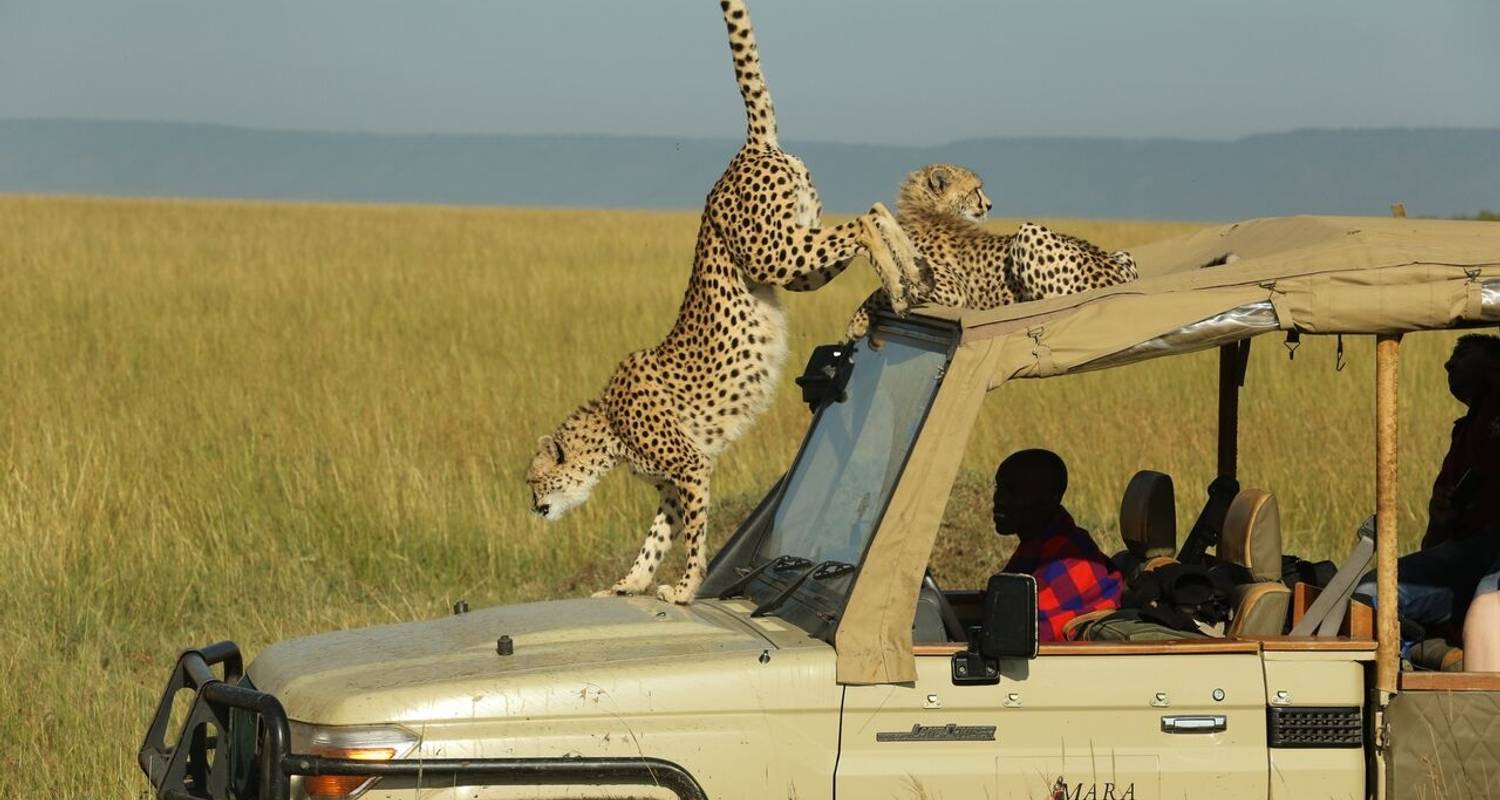
Crime Concerns in Kenya
Crime exists in Kenya, as it does in every nation. In Nairobi and Mombasa, petty theft and opportunistic crimes can occur in certain neighborhoods, particularly after dark. However, such incidents are rarely directed at tourists who follow guidance from their operators and hosts. Violent crime against visitors is rare and typically occurs outside established tourist areas.
By 2026, the Kenyan government has strengthened its tourism police units, particularly in Nairobi, Mombasa, and along major highways leading to safari circuits. Hotels and lodges provide clear briefings to visitors on safe practices, such as avoiding carrying large sums of cash or wandering into unmonitored areas alone. The presence of ride-hailing apps, secure hotel transfers, and community patrols has further reduced the risk of incidents.
Travelers who remain mindful, use trusted guides, and follow professional advice will find Kenya no more dangerous than many global cities. The reality is that millions of tourists travel safely to Kenya each year, with the risks far outweighed by the rewards.
Political Climate and Stability
Kenya’s political landscape has historically included moments of tension, especially during election periods. However, by 2026, governance structures and international partnerships have helped to stabilize political processes. While protests and demonstrations may still occur, they are typically localized and rarely intersect with tourist regions.
Travelers are advised to remain aware of political calendars and to follow the guidance of local operators and embassies during election seasons. Outside these windows, Kenya enjoys relative calm, and visitors to safari circuits or coastal resorts are unlikely to encounter political disruptions.
The broader picture is one of a country committed to peace and stability, with the tourism industry functioning as a major incentive to maintain this environment.
Health and Environmental Safety
Health safety is an essential consideration for any destination, and Kenya has advanced significantly in this area. Nairobi and Mombasa host modern hospitals with internationally trained staff, while private healthcare facilities are accessible in key tourism hubs. Safari lodges often operate with emergency evacuation partnerships, ensuring rapid access to treatment if required.
Malaria remains present in some areas, particularly along the coast and in lowland parks. However, preventive measures, including prophylaxis, mosquito nets, and repellents, are effective and widely promoted. Yellow fever vaccination may be required for some visitors, depending on points of origin, but otherwise vaccination requirements are limited.
Environmental safety has also been enhanced. Parks and reserves operate with strict regulations to protect both visitors and wildlife. Safari guides are trained in safety protocols, ensuring that close encounters with lions, elephants, or rhinos are thrilling but not dangerous. Coastal tourism has improved its regulation of water sports and diving operators, ensuring that marine experiences in 2026 meet international safety standards.
Climatic risks such as drought or flooding remain a challenge in Kenya, but response systems are stronger than in previous years. Travelers are kept well informed of conditions by lodges and operators, reducing the likelihood of disruption.
Infrastructure and Transportation
Infrastructure has long been central to Kenya’s tourism growth, and by 2026, significant improvements have bolstered safety for travelers. Jomo Kenyatta International Airport in Nairobi and Moi International Airport in Mombasa continue to meet international standards, with enhanced security measures and streamlined passenger processes. Domestic airports and airstrips across safari regions are better equipped, making charter flights into destinations like the Maasai Mara or Amboseli safer and more reliable.
Road networks have been expanded and upgraded. While conditions can still vary in remote areas, major safari circuits are serviced by maintained highways and increasing police presence. The rise of luxury transfer services, safari vehicles equipped with GPS, and ride-hailing technology in cities ensures that transportation is safer and more efficient than before.
Rail transport has also grown, with the standard gauge railway linking Nairobi and Mombasa providing a secure and comfortable alternative for travel between the capital and the coast.
Safety on Safari
Perhaps the most important element of travel safety in Kenya lies in the safari experience itself. Safaris are conducted in controlled environments where risk is minimized through professionalism, regulation, and conservation. Vehicles are maintained for reliability, guides are licensed and trained, and camps and lodges operate with robust security measures.
Walking safaris, balloon safaris, and night drives, while thrilling, are guided by experienced rangers who prioritize guest safety. Encounters with wildlife, while close, are carefully managed to ensure no harm comes to either animals or visitors.
By 2026, many safari lodges also include wellness facilities and enhanced emergency protocols, ensuring that visitors are not only safe but also cared for holistically. Safari is not just an adventure in Kenya—it is a carefully orchestrated balance of thrill and security.
The Coast and Island Experiences
Kenya’s coast adds another layer to its allure, with destinations like Diani Beach, Malindi, Lamu, and Watamu offering idyllic retreats. Safety here has improved in recent years, with increased patrols, better community integration, and regulation of resorts and water sports operators.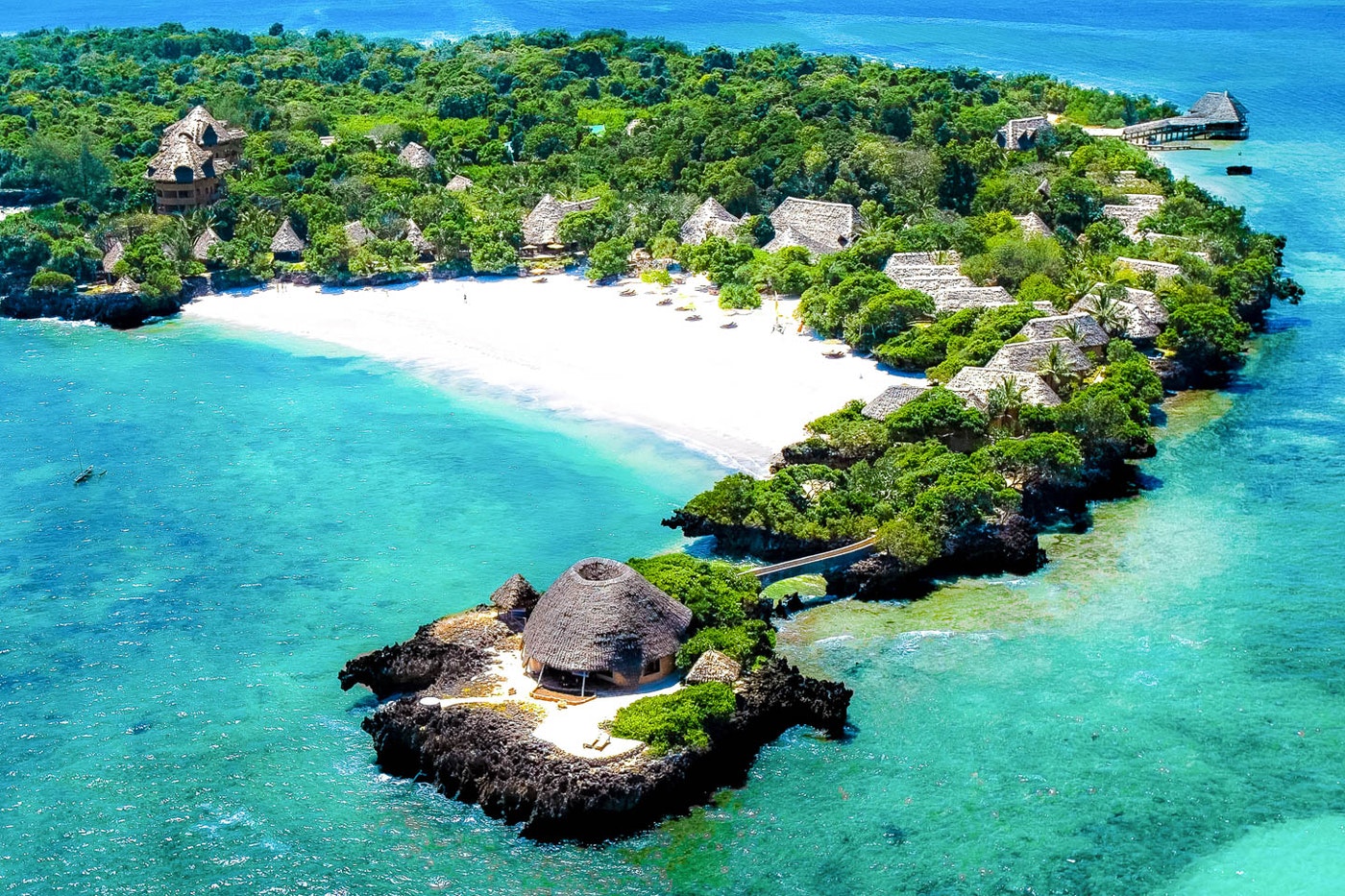
Visitors to the coast in 2026 enjoy secure environments where risks are minimized, and local communities benefit directly from tourism revenues. The coast is no longer viewed as a potential point of concern but as a highlight of a Kenyan journey, complementing the safari experience with cultural richness and relaxation.
Cultural Awareness and Responsible Travel
Safety in Kenya is also linked to cultural awareness. Kenya is a country of extraordinary diversity, home to more than 40 ethnic groups and countless traditions. Travelers who engage respectfully, dress modestly in rural areas, and show sensitivity to local customs are warmly welcomed.
Community-based tourism has expanded in 2026, allowing travelers to visit Maasai villages, Samburu homesteads, and Swahili coastal towns in structured and respectful ways. These interactions not only enrich the experience but also foster safety by creating trust and goodwill. Safety in Kenya is therefore not just enforced but cultivated through cultural connection.
Comparing Kenya with Other Destinations
When measured against global travel risks, Kenya compares favorably. Petty theft in urban centers is no more significant than in many cities worldwide, while safari and coastal regions offer controlled environments that are safer than urban spaces. Political protests may occur, but they are localized, and terrorism risks—once a source of concern—are mitigated by stronger intelligence and international cooperation.
The reality is that Kenya in 2026 is no less safe than other popular global destinations, from South America to parts of Europe or Asia. Its advantage lies in its commitment to improving security while still offering authentic wilderness and cultural experiences.
Why Kenya Remains Worth the Journey
For all discussions of safety, the question remains: does Kenya’s beauty outweigh its risks? The answer is clear. To witness the Great Migration, to see elephants silhouetted against Kilimanjaro, to hear the chants of Maasai warriors, or to walk through the alleyways of Lamu is to live moments that cannot be replicated anywhere else on Earth.
The risks, when managed with wisdom and respect, do not diminish these experiences. They instead heighten the sense of adventure and reward. Kenya is not only safe in 2026—it is essential, a destination that embodies the essence of African travel.
Safe Travel Through Informed Choices
So, is it safe to travel to Kenya in 2026? The answer is yes. Safety in Kenya is assured when travelers make informed choices, follow professional guidance, and embrace the country with respect. The major tourism corridors remain secure, health and infrastructure systems are improving, and the cultural warmth of Kenyans continues to make visitors feel welcome.
For those dreaming of safari landscapes, coastal retreats, and cultural immersion, Kenya offers all this within a framework of security and care. To ensure that your journey is seamless, unforgettable, and responsibly managed, it is recommended to book your Africa tours and safaris with WildHorn Africa, a trusted partner that guarantees both the adventure and the safety of your Kenyan journey in 2026.

